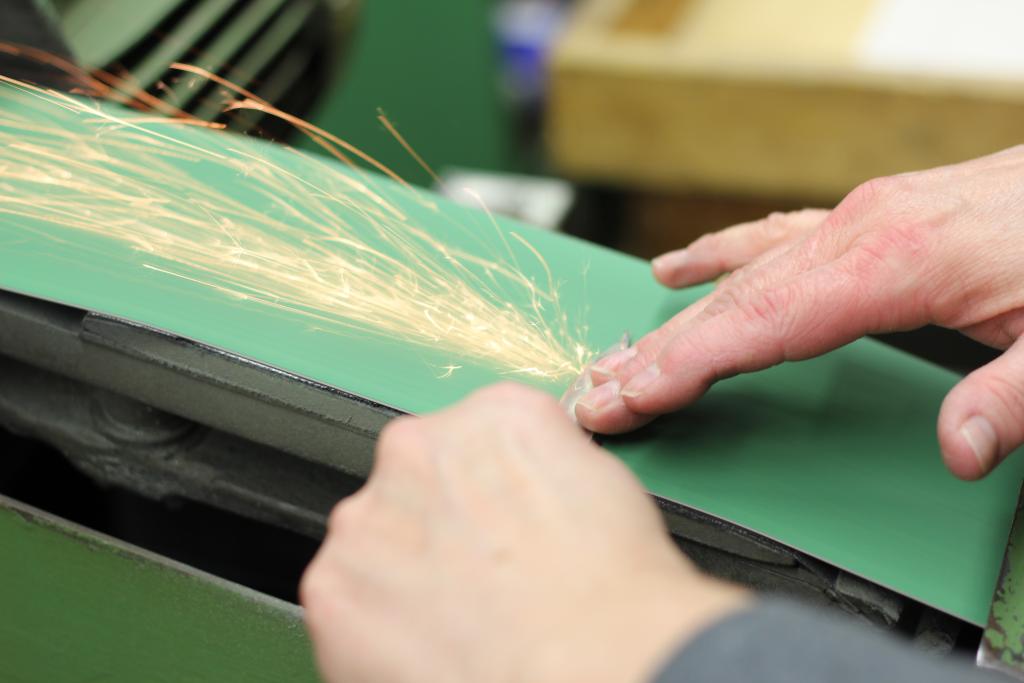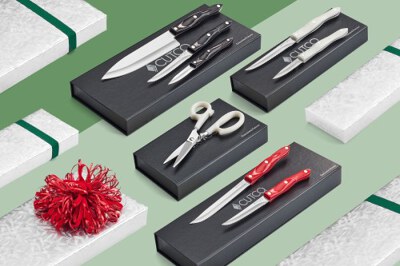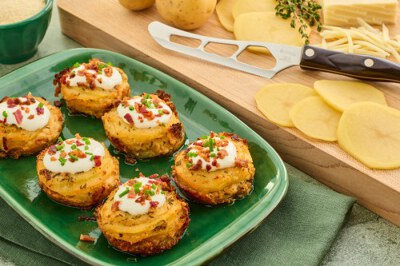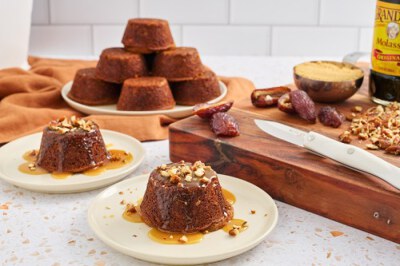Making Kitchen Knives is as Much of a Science as an Art for Cutco
4966 days ago

When I first arrived at Cutco 12 years ago and had my first tour of the factory, I was blown away by how much goes into making a kitchen knife. I also didn't realize how much science there is behind the process.

Since getting to know the factory, my favorite place to visit is our heat treating department (no offense to all those other amazing departments in the factory). It's where the magic happens – or in this case, the real science happens.

The three-step heat treating process actually changes the grain structure of the high-carbon, stainless steel to maximize edge sharpness, edge retention, flexibility (toughness) and resistance to stain.
Here's how it works:
1. Blades are heated to nearly 2,000 degrees Fahrenheit, creating a very fine, very strong grain structure.
2. Blades are placed in a deep freeze at minus 120 degrees Fahrenheit to maximize hardness and the ability to resist stains and corrosion.
3. Blades are heated again, this time to 365 degrees Fahrenheit to increase flexibility and overall structural toughness.
Our Cutco engineers call the heat treating process probably the most important manufacturing step for making a high quality blade. Maybe that's why I like the department so much.
But, while heat treating is vital to making a great kitchen knife there are other important factors to ensure that blades, whether stamped, laser cut or forged (Cutco's are stamped and laser cut), will hold a sharp edge. Along with high quality heat treating, the geometry of the blade grind and cutting angle of the edge (or cantle) along with the surface finish of the edge all play a critical role in edge design.
In upcoming blog posts we will continue to shed more light on the science behind knife-making. It's something we care about and work to improve every day.




